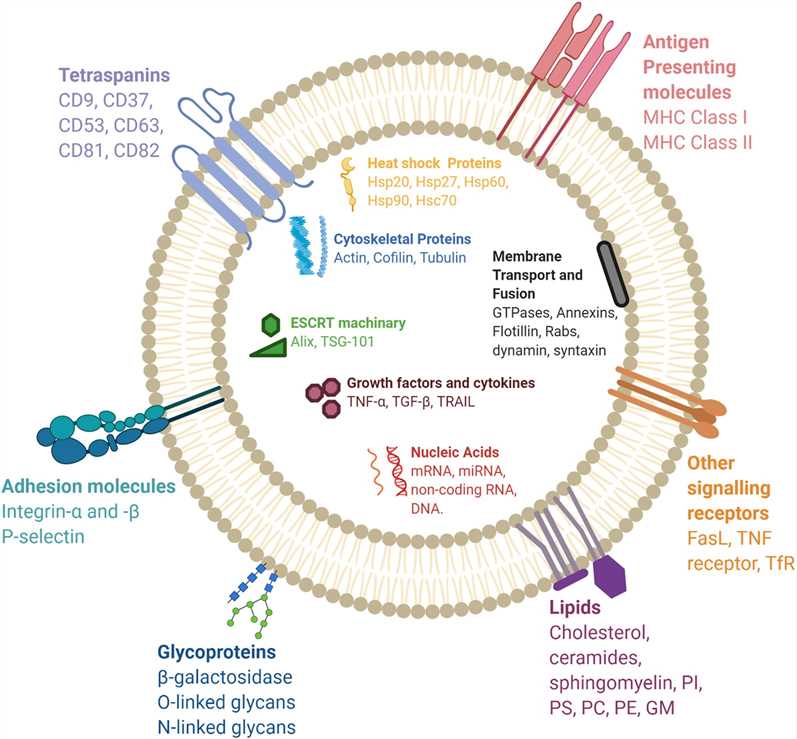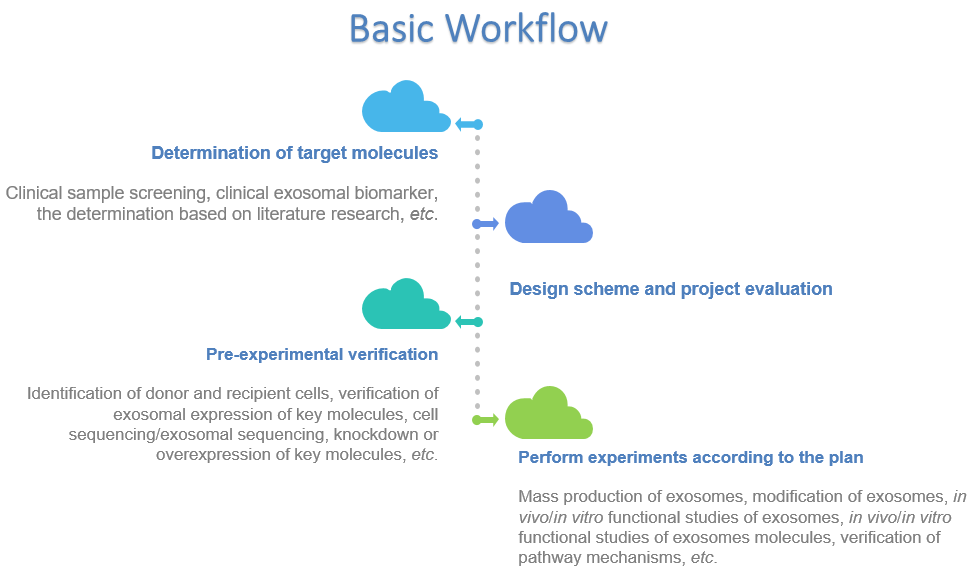Add the labeled exosomes to the recipient cell culture medium and co-culture with the recipient cells to observe cell function changes, such as cell proliferation, migration, and invasion, cell apoptosis, etc.
Services at Creative Biolabs
Creative Biolabs has rich experience in exosomal function researches and has established a comprehensive technology platform that covers the whole process of exosome function study. Our platform offers a variety of exosomal function research services including but not limited to:
-
Exosomes labeling or tracing
-
NTA analysis of mass production size and quantity of exosomes
-
Stability test of electroporation exosomes
-
Exosomes uptake experiment
-
CCK8 cell proliferation experiment
-
Flow Cytometry Test of Apoptosis
-
Flow cytometry cell cycle
-
Cell Migration Transwell
-
Cell invasion test
If you are interested in exosomal function in vitro research, or you have any other questions about our services, please don't hesitate to contact us for more information.
Q: How is your exosome uptake assay designed?
A: We provide exosome labeling services. After treating recipient cells with the labeled exosomes, we use confocal fluorescence microscopy to capture images at different time points to observe the uptake of exosomes.

 Fig.1 Composition of exosomes.1,2
Fig.1 Composition of exosomes.1,2










